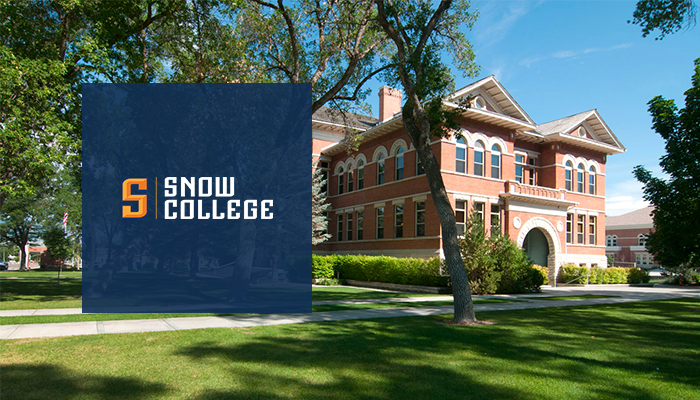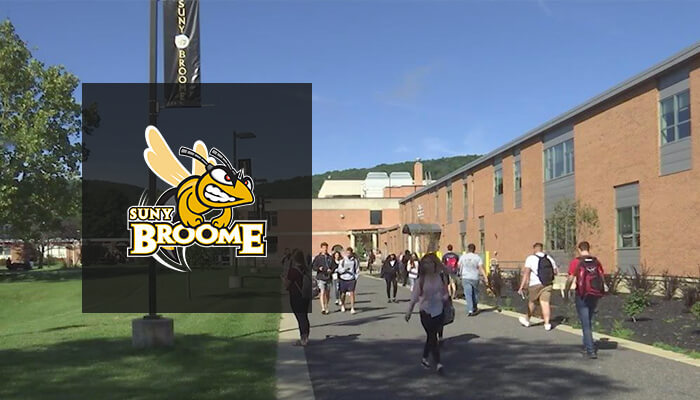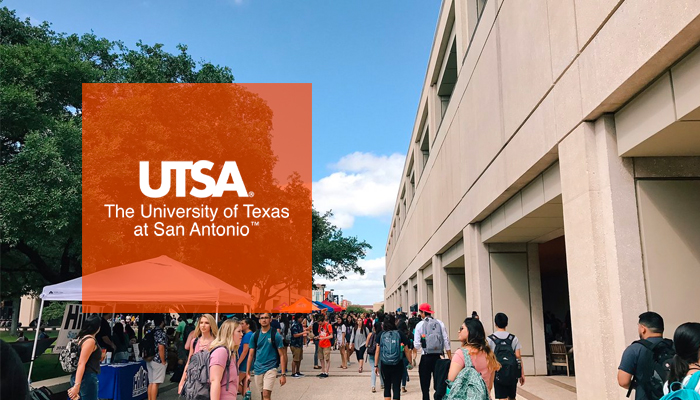
3 Ways to Help Students Before They Fall Behind
Share this Post
Today’s most influential leaders recognize that student success goes beyond traditional measures like retention and graduation rates. A study of Civitas Learning partner institutions found that 39% of all students and 67% of community college students experience changes in their likelihood to persist within a single term.
Challenges like being in the wrong major, financial stress, and major life events can all hinder student outcomes. Actionable insight into the factors impacting the student experience throughout the term helps leaders and success professionals connect students with the right resources at the right time. This approach fosters proactive, collaborative support by enabling the coordination of services such as academic coaching, advising, financial aid, and career guidance.
To significantly improve student outcomes, it is crucial to understand the factors influencing the student experience and offer proactive guidance and support. Real-time insights—such as comparing LMS activity with peers, tracking changes in persistence likelihood, and evaluating the effectiveness of support initiatives—allow institutions to intervene earlier and offer personalized support on a larger scale.
Three Strategies for More Proactive Student Engagement
Institutions should prioritize proactive, supportive guidance to move the needle on outcomes. This means providing the right help to the right student at the right time rather than relying on one-size-fits-all interventions. Without individualized support, vulnerable students can slip through the cracks, while advisors’ calendars become crowded with students who could benefit from lower-touch interventions. With real-time insights, advisors can prioritize their efforts and deliver more targeted, timely guidance.
Here are three practices Civitas Learning partner institutions are using to improve outcomes:
1.Use Outcome Predictions to Guide Outreach
When institutions offer the same support to all students, those who need help most can easily be overlooked. In our work with partner institutions, we’ve found that students who actively seek help are often the ones most likely to persist, leaving advisors with little time to reach out or identify more vulnerable students. This approach overwhelms advising and support teams and contributes to declining retention rates.
By shifting from a one-size-fits-all approach to a data-activated one, support professionals can engage their students more effectively by tailoring guidance to the specific needs of individual students and groups. Segmenting students based on their level of risk helps pinpoint challenges and implement precise interventions that address students’ needs in real time.
With larger-than-average caseloads, leaders at Snow College set out to determine if all students benefited equally from one-on-one advising sessions. Using the Civitas Learning platform’s Initiative Analysis capabilities, they uncovered that lower-performing students saw a 20% boost in persistence due to an individual advising meeting, compared to a 3% increase among high-performing students. As a result, they diversified their advising practice by offering group advising for high-performing students, which freed up more time for personalized support for those at higher risk of not persisting and contributed to a 12% increase in retention.
Related Resource
How Snow College Lifted Retention by 12% with Institution-Specific Insights
2. Scale Support with Tailored Communication
Being strategic about when they engage students enables advisors and other success professionals to prioritize their time and maximize their impact, rather than providing the same level of support to everyone. With actionable insights, success professionals can identify key moments to reach out and focus on students who need support—rather than waiting for them to seek help.
They can filter students by registration status or degree progress and send personalized emails, avoiding generic messages that may go unnoticed. Additionally, they can scale support by tracking groups, such as first-year students with GPAs below 2.5, and sending targeted reminders for tutoring or upcoming assignments to keep them on track before challenges escalate.For example, SUNY Broome recognized the need to shift away from a reactive advising approach, where students would drop in and meet with whichever advisor was available. By using the Civitas Learning platform, advisors can identify specific groups, such as students with more than two alerts. They can then proactively reach out with a message and track the students’ progress over time. This real-time intelligence ensures students get the help they need at the right time rather than waiting until the end of the term.
Related Resource
SUNY Broome Sees 3.7% Registration Increase with Data-Activated Enrollment Management
3. Coordinate Care with a Unified Student Support Approach
Improving student outcomes requires a coordinated student success network, where guidance and support extend beyond just the advising team. However, coordinating care becomes challenging when information is siloed, documentation methods vary, and processes are not aligned. Without access to shared data, advising, academic coaching, financial aid, and career services struggle to fully understand the student experience and offer timely, individualized support.
A shared understanding is essential—it connects students with the right resources and opens communication channels that capture past interactions and future recommendations. When teams access the same actionable insights, they gain a holistic view of each student and can provide timely, targeted support, helping students feel valued and supported throughout their journey.
To cultivate this model, an institution’s organizational structure must break down silos and promote collaboration. For example, the University of Texas at San Antonio (UTSA) adopted a “hub-and-spoke” model with a centralized Division of Student Success and dedicated Student Success Centers within each academic college. This alignment allows leaders to meet regularly, operationalize initiatives, and coordinate services effectively. Since implementing this approach, UTSA has achieved significant gains, including a 16% increase in first-year retention rates from 2012 to 2022.
Related Resource
UTSA Achieves 16% Retention Lift with Data-Activated Student Support Ecosystem
Final Thoughts
With student risk levels shifting within a single term—39% according to a study of Civitas Learning partner institutions—leaders cannot rely solely on historical data and fragmented departmental structures to improve outcomes.
Real-time insights, such as LMS activity compared to peers and changes in persistence, enable leaders and their teams to connect with students before challenges escalate. By delivering proactive, in-term support, support professionals across the institution can focus their efforts, personalize their guidance, and ensure students feel seen, supported, and empowered to succeed.







